Baking soda and Bread soda are both the same, which are also known as Sodium bicarbonate (NaHCO₃). A study by NCBI with 270 subjects proved that baking soda is a successful dentifrice that effectively removes dental plaque compared with non-baking soda products. This baking soda can also be used with hydrogen peroxide as a dentifrice. Thus, this blog post explains how to whiten your teeth with baking soda, how to use hydrogen peroxide along with baking soda, and safer ways to use them as your dentifrice at home.
plaque should be removed when it’s soft because if it gets hard, it could cause tooth decay, bad breath, pain in the gums, or bleeding gums. Therefore, using baking soda as your toothpaste at home can help remove dental plaque effectively.
Does Baking Soda Toothpaste Work?
Baking soda has long been used as an ingredient in toothpaste formulations due to its abrasive properties, which can help remove surface stains and discoloration from the teeth. While baking soda toothpaste may not be as potent as professional-grade whitening treatments, it can provide a more gradual and gentle whitening effect over time.
Baking soda’s abrasiveness helps to scrub away plaque and surface stains, revealing a brighter, more even tooth color. Additionally, baking soda has a slightly alkaline pH, which can help neutralize acidic compounds in the mouth that can contribute to tooth discoloration.
How Long Does it Take Baking Soda to Whiten Teeth?
The time it takes for baking soda to whiten teeth effectively can vary depending on several factors, including the severity of staining, the frequency of use, and individual dental characteristics. Generally, most people begin to notice a difference in the brightness of their teeth within a few weeks of regular use.
However, it’s important to note that baking soda is a gentler whitening agent compared to some commercial whitening products, so the results may not be as dramatic or immediate. Consistent and proper use of baking soda for teeth whitening is vital to achieving the desired results.
How to Use Baking Soda to Whiten Teeth
Using baking soda to whiten your teeth is a simple process. Here are the steps to follow:
- Mix the Baking Soda: In a small bowl, mix a small amount of baking soda and just enough water to create a paste-like consistency. The ratio of baking soda to water can vary, but a general guideline is to use about 1-2 teaspoons of baking soda per 1 teaspoon of water.
- Apply the Mixture: Using a soft-bristled toothbrush, gently apply the baking soda paste to your teeth, focusing on the front and visible surfaces. Avoid brushing too vigorously, as this can damage the tooth enamel.
- Let it Sit: Allow the baking soda paste to sit on your teeth for a few minutes, typically 2-5 minutes, to give it time to work its magic.
- Rinse and Brush: After the allotted time, thoroughly rinse your mouth with water to remove any remaining baking soda. Then, brush your teeth as you usually would with your regular toothpaste.
- Repeat Regularly: For optimal results, use the baking soda whitening method 1-2 times per week or as directed by your dental professional.
Important Note: While baking soda can be an effective and inexpensive teeth-whitening solution, it should be used with caution and in moderation. Excessive or improper use of baking soda can lead to enamel erosion and other dental issues.
Baking Soda and Hydrogen Peroxide for Teeth Whitening
In addition to using baking soda alone, some people combine it with another common household item called hydrogen peroxide to enhance the whitening effects. Hydrogen peroxide is a powerful oxidizing agent that can help break down and remove stubborn stains and discoloration on the teeth.
To use baking soda and hydrogen peroxide for teeth whitening, follow these steps:
- Mix the Baking Soda and Hydrogen Peroxide: In a small bowl, combine 1-2 teaspoons of baking soda with a small amount of 3% hydrogen peroxide solution, just enough to create a spreadable paste.
- Apply the Mixture: Using a soft-bristled toothbrush, gently apply the baking soda and hydrogen peroxide paste to your teeth, focusing on the front and visible surfaces.
- Let it Sit: Allow the mixture to sit on your teeth for 1-2 minutes, but no longer, as prolonged exposure to hydrogen peroxide can potentially harm the tooth enamel.
- Rinse and Brush: Thoroughly rinse your mouth with water to remove any remaining paste, then brush your teeth as you usually would with your regular toothpaste.
Important Note: while the combination of baking soda and hydrogen peroxide can be an effective teeth-whitening method, it should be used with caution and under the guidance of a dental professional. Overuse or improper application of this mixture can lead to increased sensitivity, gum irritation, and even enamel damage.
Is It Safe to Brush Your Teeth With Baking Soda?
Baking soda is generally considered safe for oral hygiene, but it’s important to use it with moderation and proper technique. When used correctly, baking soda can be a gentle and effective way to clean and whiten teeth.
Also, excessive or improper use of baking soda for teeth can potentially damage the tooth enamel over time. This can lead to increased sensitivity, tooth discoloration, and even an increased risk of cavities.
To ensure the safe use of baking soda for teeth brushing and whitening, consider the following guidelines:
- Use baking soda in moderation, limiting its use to 1-2 times per week or as directed by your dental professional.
- Mix the baking soda with a small amount of water to create a paste-like consistency, and avoid using it straight from the box.
- Brush gently with a soft-bristled toothbrush, avoiding excessive scrubbing or pressure.
- Rinse thoroughly after using the baking soda paste to remove any residue.
- Monitor your teeth and gums for any signs of irritation or sensitivity, and discontinue use if any issues arise.
Conclusion
Baking soda can be an effective and affordable solution for whitening your teeth, but it’s essential to use it with caution and proper technique. By following the guidelines outlined in this guide, you can safely incorporate baking soda into your oral hygiene routine and enjoy a brighter, more confident smile. Remember to consult with your dental professional if you have any concerns or questions about using baking soda for teeth whitening.
FAQs
Yes, baking soda can help whiten teeth due to its mild abrasive properties, which allow it to scrub away surface stains caused by food and beverages like coffee and tea. While it may not provide dramatic results, it can enhance the brightness of your smile when used occasionally.
The speed at which baking soda whitens teeth varies by individual and stain severity. Some users may notice a difference after a few applications, while others might take longer. For optimal results, it is recommended to use baking soda with hydrogen peroxide for 1-2 minutes, twice a day, for about a week.
To whiten teeth with baking soda and hydrogen peroxide, mix 1 tablespoon of baking soda with 2 tablespoons of hydrogen peroxide to form a paste. Apply the mixture to your teeth using a toothbrush, brushing gently for about 1-2 minutes. Rinse thoroughly afterward. This combination can enhance whitening effects.
To use baking soda for teeth and gums, mix equal parts of baking soda and water to create a paste. Apply the paste to your toothbrush and gently brush your teeth and gums for about two minutes. Rinse your mouth thoroughly afterward. This method can help remove surface stains and neutralize acids.
Using hydrogen peroxide and baking soda together can be safe for teeth when done correctly and in moderation. However, overuse may lead to enamel erosion and increased tooth sensitivity. It's advisable to consult with a dentist before starting any whitening regimen involving these substances.
Yes, you can brush your teeth with a mixture of baking soda and hydrogen peroxide. This combination can effectively remove stains and whiten teeth. However, it should be used sparingly to avoid potential enamel damage and increased sensitivity. Always rinse thoroughly after use to protect your oral health.






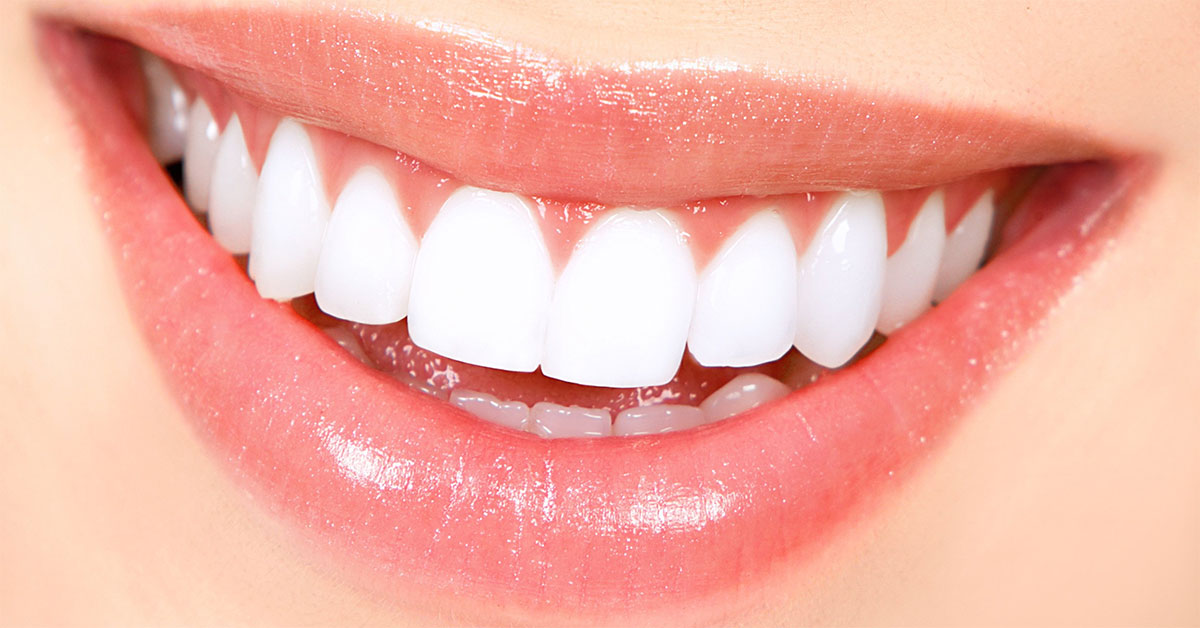
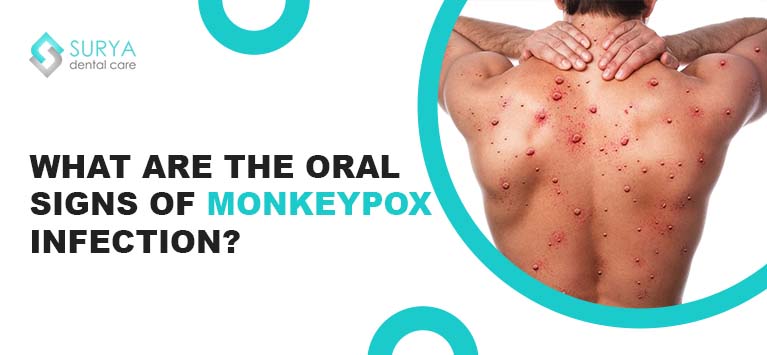



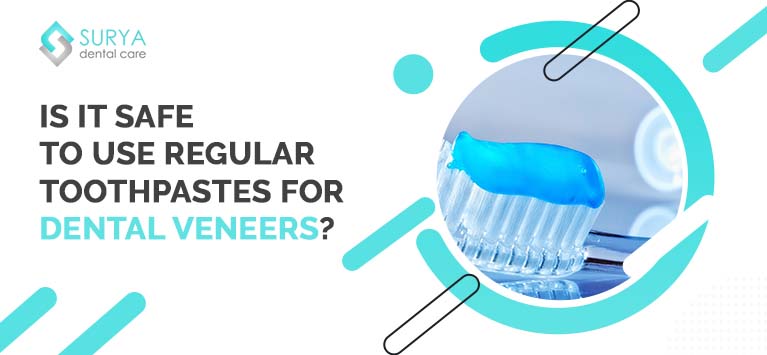
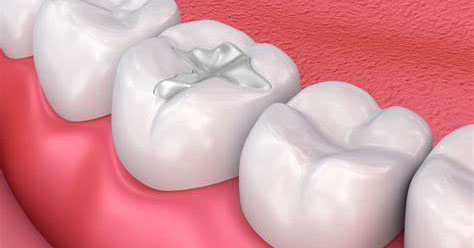
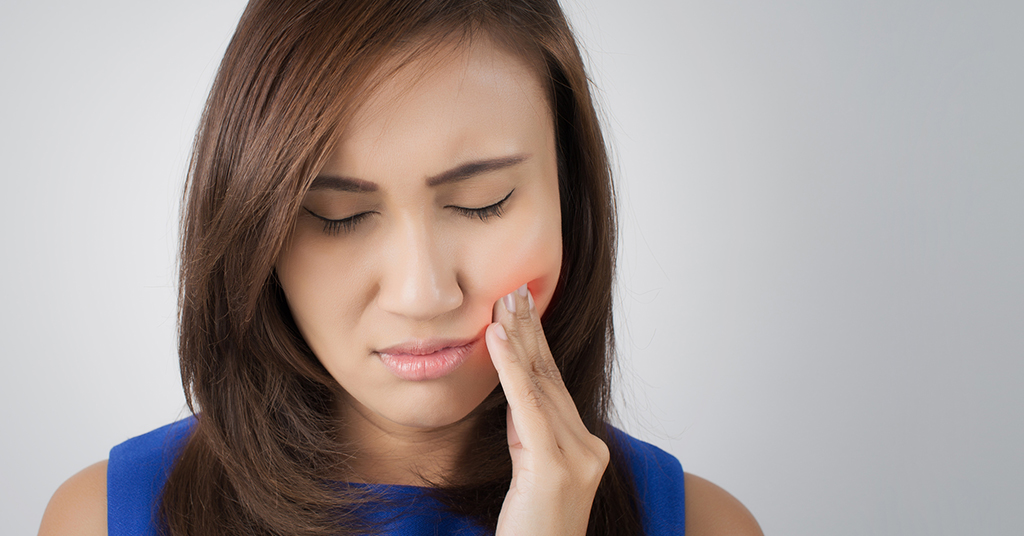
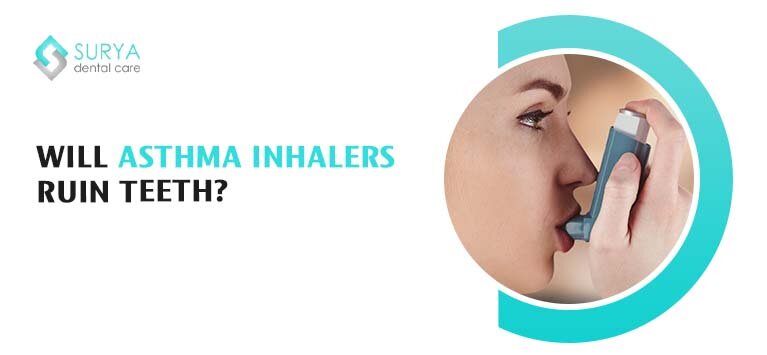
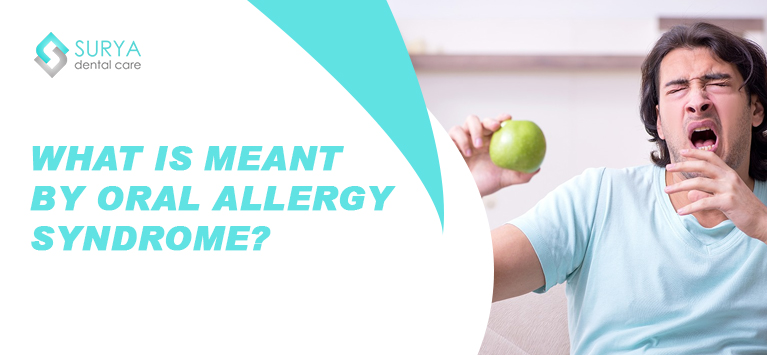
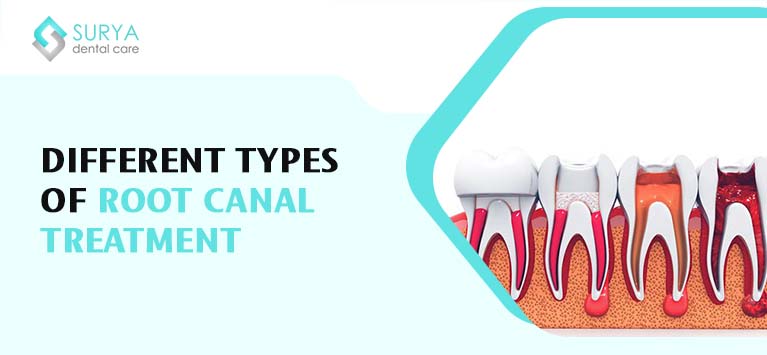
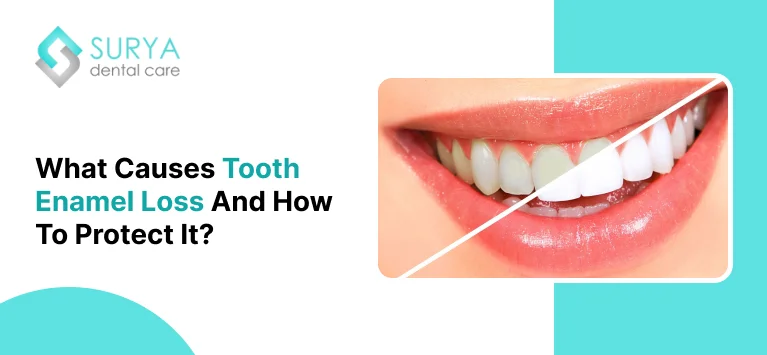
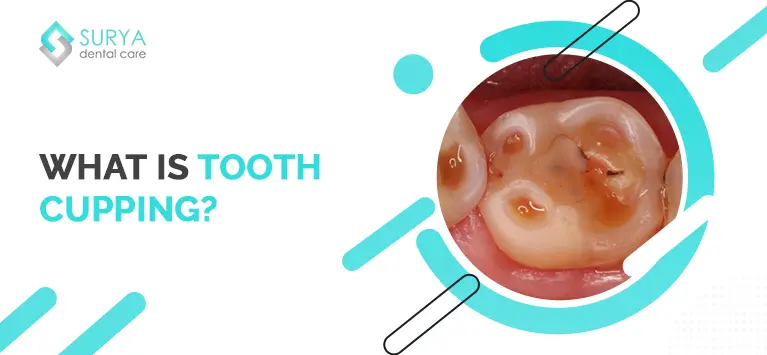
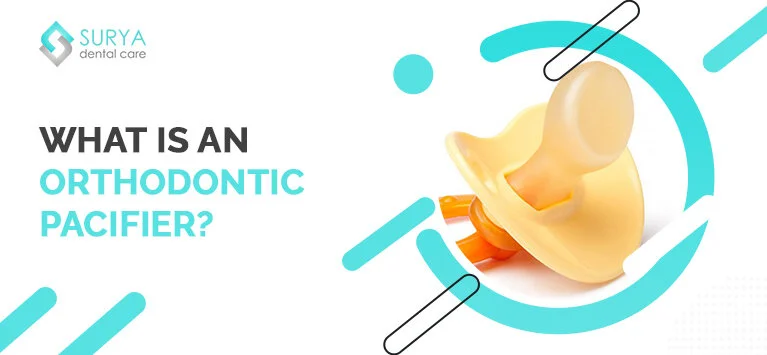
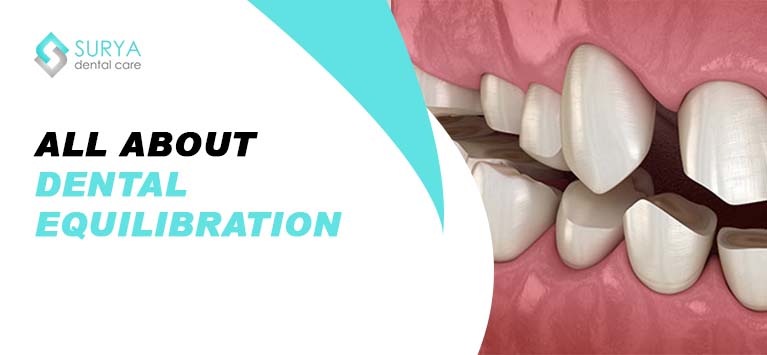


Leave a Comment